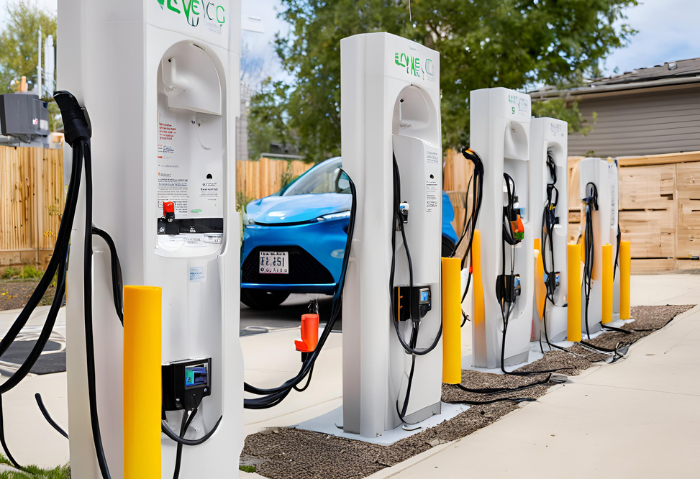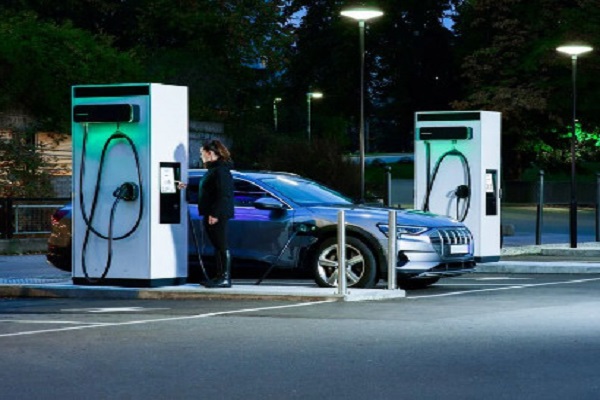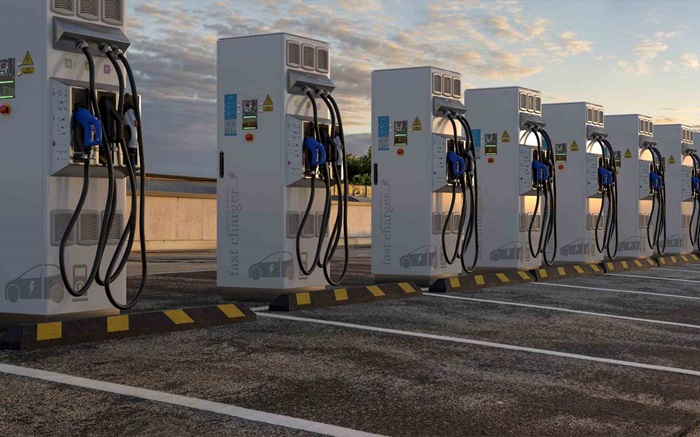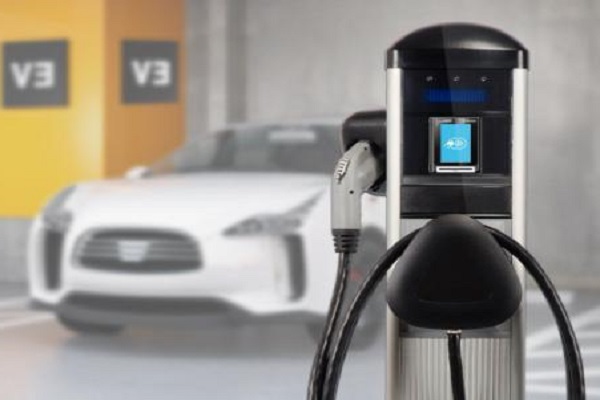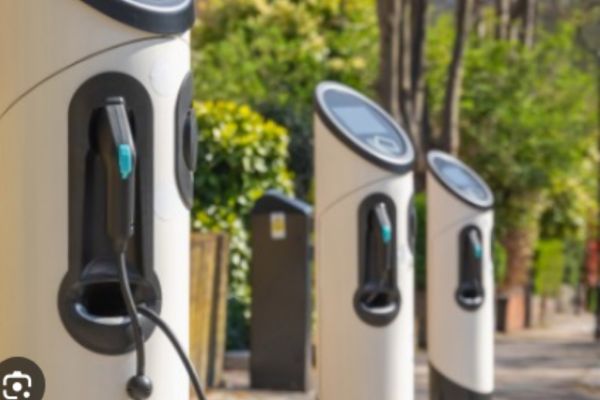Blink Level 3 EV Charger: Powering the Future of Electric Mobility
The Blink Level 3 EV charger represents a significant leap forward in the electric vehicle (EV) charging landscape. With its ability to deliver a substantial amount of power in a short period, it caters to the growing demand for rapid charging solutions, particularly for long-distance travel and fleet operations.
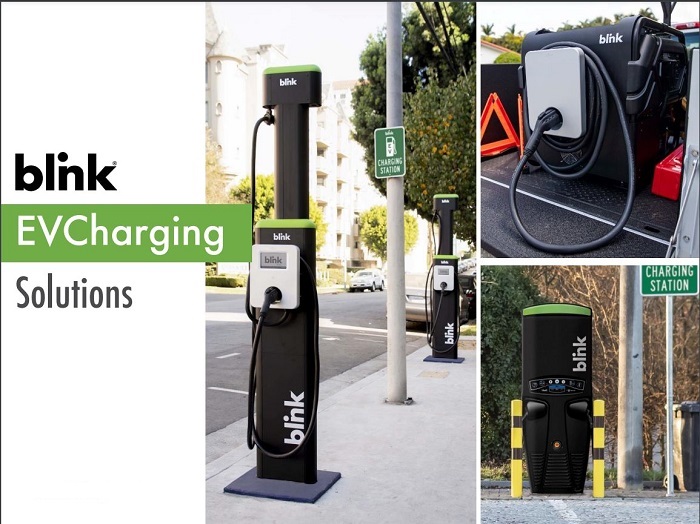
What is a Blink Level 3 EV Charger?
A Blink Level 3 EV charger, also known as a DC fast charger, is a type of electric vehicle (EV) charging station that can rapidly charge an electric vehicle’s battery. These chargers are significantly faster than Level 1 and Level 2 chargers, which are typically found in homes and workplaces.
The Blink Level 3 EV charger is actually a DC Fast Charging station offered by Blink Charging [1]. Unlike Level 2 chargers, which are typically found at home or in public places and provide slower charging, DC Fast Chargers are designed for much faster charging speeds—we’re talking about getting back on the road in a much shorter time.
Benefits of using a Blink Level 3 EV Charger
Here are some benefits of using a Blink Level 3 EV charger:

Rapid Charging: Blink Level 3 chargers can charge an electric vehicle much faster than Level 1 and Level 2 chargers. They can provide a substantial amount of energy to the battery in a relatively short amount of time, making them convenient for drivers who need to charge quickly.
Convenience: For EV drivers on long trips or in need of a quick charge, Level 3 chargers offer a convenient solution. They allow drivers to top up their batteries quickly, reducing waiting times and allowing them to get back on the road sooner.
Extended Range: With rapid charging capabilities, Blink Level 3 chargers can help EV drivers extend their range without the need for a lengthy charging stop. This can be particularly useful for long-distance travel or in areas with limited charging infrastructure.
Compatibility: Many electric vehicles on the market today are compatible with Level 3 DC fast chargers, making them a versatile option for EV owners. Whether you drive a Tesla, Nissan Leaf, Chevrolet Bolt, or another EV model, chances are you’ll be able to use a Blink Level 3 charger.
Public Availability: Blink Level 3 chargers are often installed in public locations such as highway rest stops, shopping centers, and gas stations, making them easily accessible to EV drivers. This widespread availability helps alleviate range anxiety and encourages the adoption of electric vehicles.
Components of a Blink Level 3 EV Charger
Blink doesn’t publicly disclose the exact component list for their Level 3 EV chargers, as these are typically proprietary details. However, based on my understanding of how DC Fast Chargers work, here’s a breakdown of the likely components and functionalities:
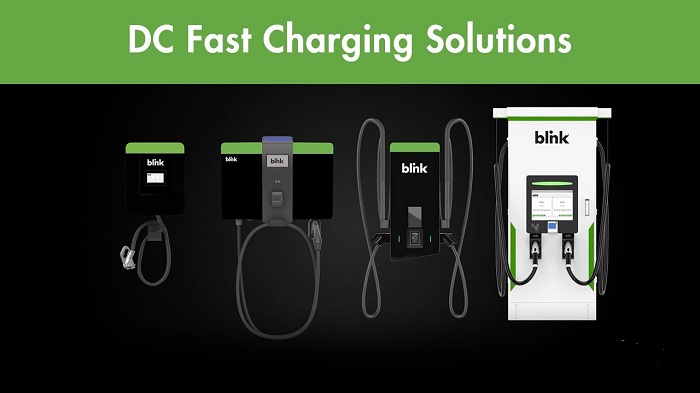
- Input Section:
AC Disconnect: This high-voltage switch isolates the charger from the power grid for safety during maintenance or emergencies.
Power Transformer: This transformer steps up the incoming AC voltage from the grid (usually 480V) to a much higher voltage level (can range from 600V to 1000V) suitable for DC fast charging.
Rectifier: This converts the high-voltage AC from the transformer into unregulated DC power.
- Power Electronics Section:
Inverter: This component converts the unregulated DC power from the rectifier into regulated, high-voltage DC power. The inverter controls the output voltage and current based on communication with the connected electric vehicle.
DC-DC Converter (Optional): Some DC Fast Chargers might utilize a DC-DC converter to further fine-tune the output voltage to precisely match the battery voltage of the connected car.
- Output Section:
Fast Charging Cables: These high-voltage cables connect the charger to the CCS Combo connector on the electric vehicle.
Cooling System: The charging process generates a lot of heat. A cooling system, likely consisting of fans and radiators, is crucial to maintaining safe operating temperatures for the charger’s internal components.
- Control and Communication Section:
Controller: This is the brain of the charger. It manages communication with the electric vehicle, regulates the power electronics based on charging parameters, and monitors various safety aspects.
Communication Interface: This module allows the charger to communicate with the Blink network for features like user authentication, billing, and remote monitoring.
Key features of a Blink Level 3 EV Charger
(Based on Blink’s website)
- CCS Combo Charging Standard: Compatible with most EVs in the United States.
- High-Power Output: Ranging from 60kW to 360kW, enabling rapid charging.
- Durability: Built to withstand harsh weather conditions.
- Network Connectivity: Allows for remote monitoring, diagnostics, and user interaction.
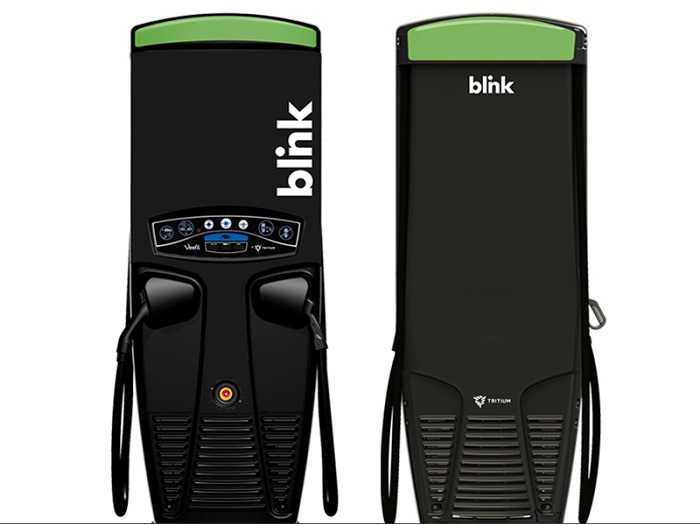
Technical specifications of a Blink Level 3 EV Charger
Blink Charging doesn’t publicly disclose the exact technical specifications of their Level 3 EV chargers. These details are often considered proprietary information by manufacturers.
However, there are still ways to get a general idea of the technical capabilities of Blink Level 3 chargers:
- Input voltage range (likely 480V AC or higher based on industry standards for DC Fast Chargers).
- Power output range (already mentioned as 60kW to 360kW).
- Industry Standards: Research industry standards for DC Fast Chargers. Knowing these standards can give you a good idea of the typical technical parameters for Blink chargers, even without official specs.
- News and Reviews: Look for news articles, reviews, or installation details for Blink Level 3 chargers. These sources might mention specific technical details gleaned from press releases, presentations, or project descriptions.
While you might not find a single source with all the technical specifications, these steps can help you build a comprehensive picture of Blink Level 3 charger capabilities.
How does a Blink Level 3 EV Charger work?
Blink Level 3 EV chargers are DC Fast Chargers, which work differently from the Level 1 and Level 2 chargers you might be familiar with. Here’s how it typically works:

- Connection: The EV driver parks their vehicle near the charging station and connects the charging cable to their vehicle’s charging port.
- Communication: The charging station communicates with the vehicle to establish a connection and determine the appropriate charging protocol and power level.
- Power Delivery: The charging station supplies a high-voltage DC current to the vehicle’s battery, bypassing the vehicle’s onboard charger. This allows for faster charging rates compared to Level 1 and Level 2 chargers.
- Charging Process: The vehicle’s battery management system controls the charging process, monitoring parameters such as battery temperature and state of charge to ensure safe and efficient charging.
- Completion: When the battery reaches a predetermined state of charge or the user manually stops the charging session, the charging station turns off power delivery and the charging cable can be disconnected.
Installation requirements for a Blink Level 3 EV Charger
As for the installation requirements for a Blink Level 3 EV charger, they typically include:
- Electrical Supply: Level 3 EV chargers require a three-phase electrical supply with high voltage and current capacity. A qualified electrician must perform the installation to ensure that it complies with local electrical codes and regulations.
- Site Preparation: The installation site should have adequate space for the charging station and parking spaces for EVs. The site should also have suitable access to electrical infrastructure and comply with any zoning or permitting requirements.
- Networking: Level 3 chargers may require a network connection for remote monitoring, management, and billing purposes. This may involve setting up an internet connection or utilizing existing network infrastructure.
- Safety Considerations: Installation should prioritize safety, including proper grounding, protection against electrical hazards, and compliance with safety standards such as UL certification.
Maintenance and troubleshooting for a Blink Level 3 EV Charger
Maintenance and troubleshooting for a Blink Level 3 EV charger typically involve routine inspections, software updates, and addressing any issues that may arise. Here are some maintenance and troubleshooting steps:
- Regular Inspections: Periodic inspections should be conducted to ensure that the charging station and associated equipment are in good condition and functioning properly.
- Software Updates: Software updates may be released periodically to improve performance, add new features, or address security vulnerabilities. These updates should be applied in the manner recommended by the manufacturer.
- Diagnostic Checks: If the charging station experiences issues or malfunctions, diagnostic checks should be performed to identify the cause of the problem. This may involve troubleshooting the electrical supply, communication protocols, or hardware components.
- Technical Support: Manufacturers or service providers may offer technical support and assistance for maintenance and troubleshooting. In the event of a serious issue, professional assistance may be required to resolve the problem safely and effectively.
Reviews and ratings of Blink Level 3 EV Charger
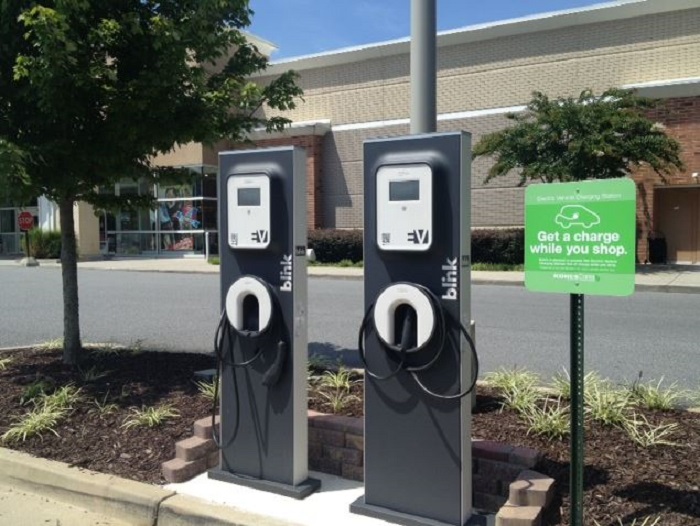
Compatibility of Blink Level 3 EV Charger with different EV models
Concerning compatibility with various EV models, Blink Level 3 EV chargers typically support the CHAdeMO and CCS charging standards, which are widely used by electric vehicle manufacturers. This means they are compatible with EVs equipped with CHAdeMO or CCS charging ports. Popular EV models from manufacturers such as Nissan, Mitsubishi, Kia, Hyundai, Volkswagen, BMW, Audi, and others often support these standards, making them compatible with Blink Level 3 chargers.
Comparison with other types of EV chargers
When comparing Blink Level 3 EV chargers with other types of EV chargers, such as Level 1 and Level 2 chargers, there are several key differences:
- Charging Speed:
Blink Level 3 chargers offer much faster charging speeds compared to Level 1 and Level 2 chargers. While Level 1 chargers typically provide the slowest charging rate, Level 2 chargers are faster but still slower than Level 3 chargers, which can charge an EV to 80% or more in a significantly shorter time.
- Installation Requirements:
Level 1 chargers are usually designed for home use and can be plugged into a standard household electrical outlet. Level 2 chargers require a dedicated 240-volt circuit and are often installed at homes, workplaces, and public charging stations. Level 3 chargers, on the other hand, are high-powered units that require specialized infrastructure and are typically installed at public charging stations along highways and major routes.
- Cost:
Level 1 chargers are generally the least expensive option, as they have lower power output and simpler designs. Level 2 chargers are more expensive due to their higher power output and installation requirements. Level 3 chargers are the most expensive type of EV charger, both in terms of equipment cost and installation, but they offer the fastest charging speeds and are essential for long-distance travel.
Manufacturer information and reputation of the Blink Level 3 EV Charger
As for manufacturer information and reputation, Blink Charging Co. is a leading provider of EV charging equipment and services, including Level 3 EV chargers. The company has been in operation for several years and has deployed charging stations across various locations worldwide.
While Blink Charging Co. has garnered attention in the EV charging industry, the reputation of specific Blink Level 3 chargers may vary based on factors such as reliability, performance, and customer support. Conducting thorough research and reading reviews from other users can provide insights into the reputation of Blink Level 3 EV chargers.
The Blink Level 3 EV charger embodies the transformative potential of rapid charging technology. Its widespread deployment will undoubtedly accelerate the transition towards a more sustainable transportation system, paving the way for a future where electric mobility reigns supreme.
As the demand for EVs continues to surge, the role of Level 3 chargers in powering this revolution will become increasingly pivotal.

Henry Michael is a leading expert in EV charging station research, specializing in innovative solutions for electric vehicle infrastructure. With a passion for sustainability and technological advancement, he is dedicated to advancing the accessibility and efficiency of EV charging worldwide.


